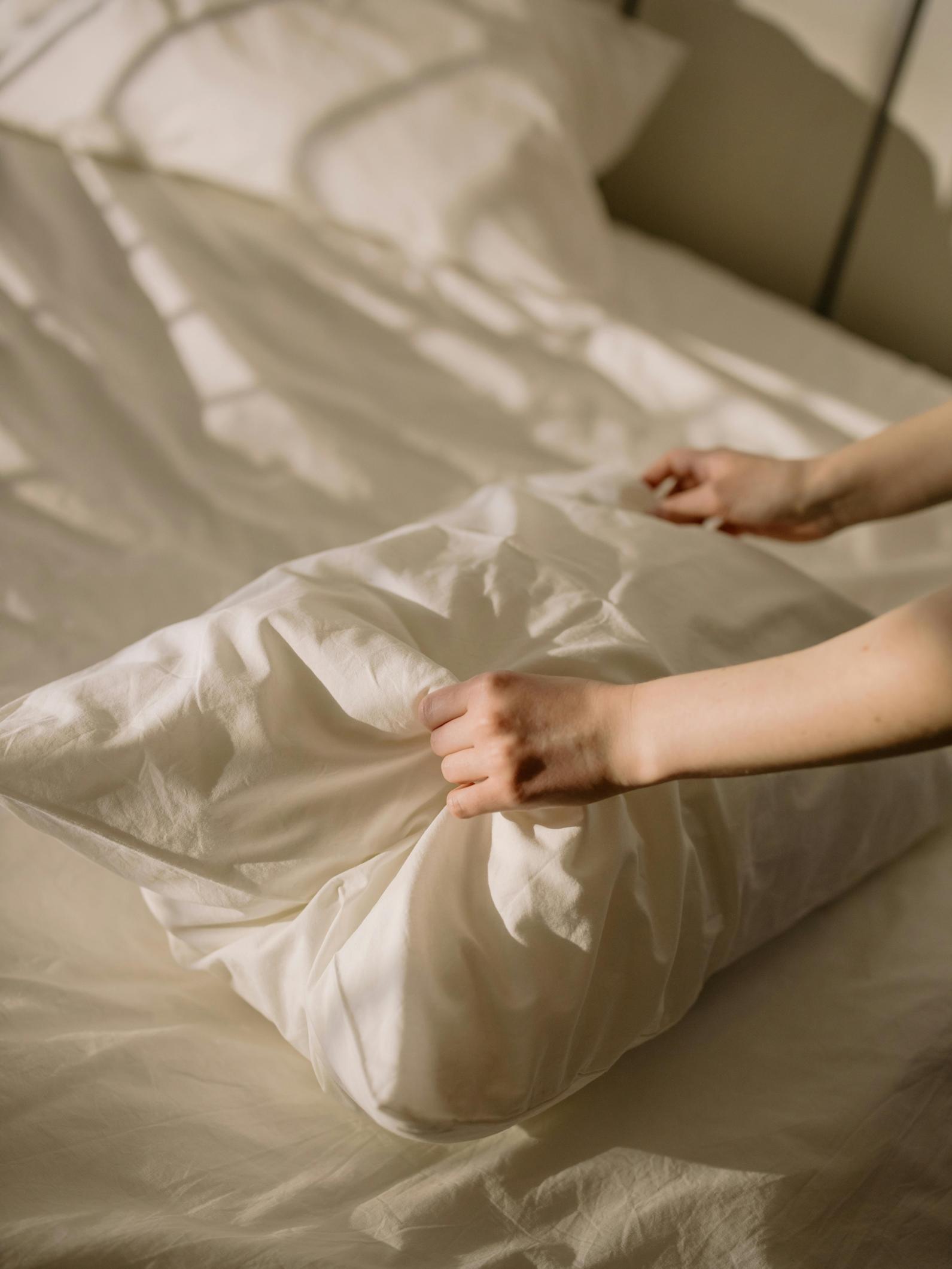How to Wash Blankets: The Ultimate Guide for 2024
Introduction
Blankets provide comfort, warmth, and style to our living spaces. However, to ensure they remain cozy and last for years, proper washing and care are essential. In this comprehensive guide, you’ll learn the best techniques for washing various types of blankets, drying them correctly, and storing them without damage. Additionally, we’ll highlight common mistakes to avoid to keep your blankets fresh and clean.

Understanding Blanket Materials
Different types of blankets require unique care methods based on their materials. Understanding these variations is crucial for proper cleaning.
Cotton Blankets
Cotton blankets are soft, breathable, and quite durable. They can withstand frequent washing without losing their softness. They’re also resistant to shrinking and stretching if washed properly.
Wool Blankets
Wool blankets are known for their excellent insulation properties. They need special attention during washing to prevent shrinking or damaging the fibers. Always handle them gently to maintain their texture.
Fleece Blankets
Fleece blankets are popular for their warmth and lightweight nature. They are generally easy to care for but can attract lint and hair, so regular washing and proper maintenance are key to keeping them looking fresh.
Electric Blankets
Electric blankets come with built-in heating elements that require careful washing and drying. It’s essential to follow the manufacturer’s instructions to avoid damaging the electrical components and ensure safe usage.

General Washing Instructions
Proper washing is crucial for maintaining the quality of your blankets. Here are some general guidelines to follow regardless of the blanket type.
Reading Care Labels
Care labels provide specific instructions for washing and drying. Always check the label before washing your blanket to avoid damage.
Choosing the Right Detergent
Use a mild detergent suited for delicate fabrics. Avoid using bleach or harsh chemicals that can degrade the blanket’s material.
Water Temperature and Washing Cycle
Most blankets should be washed in cold or lukewarm water. Use a gentle cycle to minimize wear and tear on the fabric. Following these guidelines helps preserve the softness and durability of your blankets.

Specific Washing Guidelines for Each Type
Different blanket materials need tailored washing techniques to maintain their quality and longevity.
Washing Cotton Blankets
- Pre-treat stains: Apply a mild stain remover to any spots or stains before washing.
- Load properly: Place the blanket evenly in the washing machine without overcrowding.
- Wash cycle: Use cold or lukewarm water and a gentle cycle.
- Rinse thoroughly: Ensure all detergent is rinsed out to prevent residue buildup.
Cleaning Wool Blankets
- Hand wash: Fill a tub with cold water and a small amount of wool-specific detergent.
- Soak and gently scrub: Submerge the blanket and gently scrub any stained areas.
- Rinse: Thoroughly rinse with cold water.
- Dry flat: Lay the blanket flat on a clean towel to dry, reshaping as necessary.
Washing Fleece Blankets
- Remove lint and hair: Use a lint roller or brush before washing.
- Machine wash: Wash in cold water on a gentle cycle.
- Avoid fabric softeners: These can reduce the blanket’s fluffiness and warmth.
- Rinse entirely: Ensure all detergent is rinsed out.
Caring for Electric Blankets
- Unplug and check: Ensure the blanket is unplugged and all electrical components are disconnected.
- Spot clean: Use a gentle detergent and a soft cloth to clean any dirty spots.
- Machine wash (if allowed): Place the blanket in a mesh bag and wash on a delicate cycle with cold water.
- Air dry: Lay flat or hang to dry, avoiding direct heat sources.
Drying Blankets Properly
Once you’ve washed your blankets, the drying process is just as crucial to maintain their comfort and durability.
Air Drying vs. Machine Drying
- Air drying: Safest method, especially for delicate materials. Hang the blanket on a clothesline or lay it flat on a clean surface.
- Machine drying: Use a low heat setting. Check the blanket frequently to avoid overheating.
Tips for Faster Drying
- Use fan: Place a fan near the drying blanket to speed up the process.
- Use dryer balls: These can help move air more efficiently when using a dryer.
Storage Tips for Blankets
Proper storage is key to maintaining your blankets’ quality and preventing damage during off-seasons.
Folded vs. Rolled
- Folding: Ideal for cotton and fleece blankets. Store them in breathable containers to prevent mildew.
- Rolling: Better for wool blankets to avoid creases.
Best Storage Solutions to Avoid Damage
- Use storage bags: Store blankets in cotton or linen bags to keep them fresh and free from dust.
- Avoid plastic: Plastic bags can trap moisture, leading to mold or mildew growth.
Common Blanket Washing Mistakes to Avoid
Avoid these mistakes to keep your blankets in top-notch condition.
Overcrowding the Washer
Washing too many items at once can prevent thorough cleaning and may cause excessive wear. Wash blankets individually or with minimal additional items.
Using Incorrect Cleaning Products
Strong detergents, bleach, or fabric softeners can damage the blanket fibers. Always opt for mild, suitable products based on the blanket material.
Conclusion
Proper washing and care extend the life of your blankets, keeping them cozy and intact for years. By understanding the specific needs of each blanket type and following the provided guidelines, you can ensure they’re always in perfect condition.
Frequently Asked Questions
Can I wash all types of blankets in the washing machine?
Not all blankets are machine washable. Always check the care label for specific instructions. Wool and electric blankets, for example, often require special handling.
How often should I wash my blankets?
It depends on the use. Typically, once every few months is sufficient, but more frequent washing may be necessary if the blanket is used daily.
What should I do if my blanket shrinks after washing?
If a blanket shrinks, gently stretch it back into shape while it’s still damp. For severe shrinkage, professional cleaning or replacement might be necessary.
